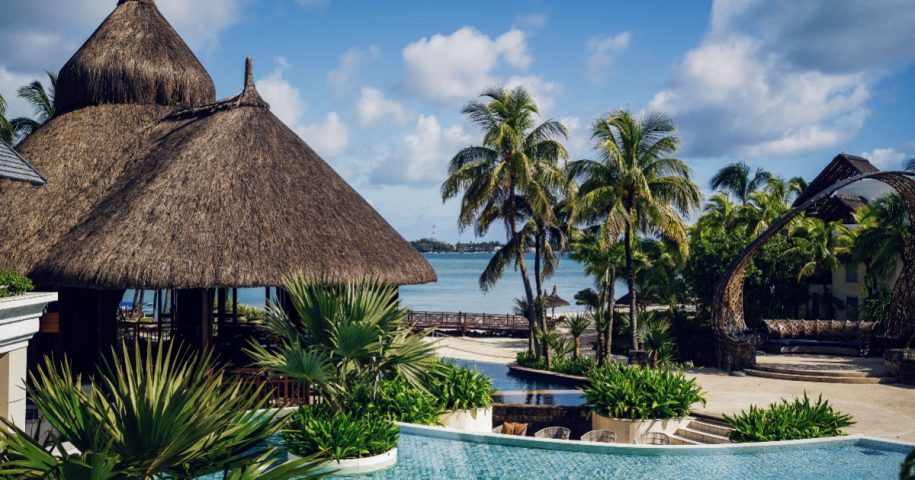Nestled in the cerulean waters of the Indian Ocean, the island nation of Mauritius is a true gem that graces maps with its remarkable presence. Located off the eastern coast of Africa, this tropical paradise is renowned for its stunning landscapes, rich cultural diversity, and a history that has shaped its unique identity. In this article, we will explore Mauritius on the map, delving into its geographical features, history, and the various attractions that make it a must-visit destination.
Geographical Location Mauritius is situated at approximately 20.348404° South latitude and 57.552152° East longitude. Its location in the Indian Ocean places it about 1,200 miles (1,900 kilometers) off the southeast coast of Africa. The island is part of the Mascarene Archipelago, which includes neighboring islands like Rodrigues and Réunion. Mauritius boasts an area of about 2,040 square kilometers (788 square miles), making it one of the most densely populated countries in the world. Its capital city, Port Louis, is located on the northwestern coast of the island. A Volcanic origin Mauritius has a fascinating geological history, as it emerged from volcanic activity millions of years ago. The island’s dramatic landscapes are a testament to its volcanic past, featuring rugged mountains, deep valleys, and a striking central plateau. The most iconic peak, Le Morne Brabant, rises majestically on the southwestern tip of the island, offering breathtaking panoramic views. Mauritius is also surrounded by coral reefs that provide natural protection to its pristine beaches, making it a haven for underwater enthusiasts and beach lovers alike. Historical SignificanceThe island of Mauritius has a captivating history that has left an indelible mark on its culture and identity. Discovered by the Portuguese in the 16th century, it remained uninhabited until the arrival of the Dutch in the 17th century. Subsequently, the French and the British took control of the island during the colonial era, each leaving their imprint on its culture and society. One of the darkest chapters in Mauritius’ history is its role in the transatlantic slave trade. African slaves were brought to the island to work on sugar plantations, contributing to the island’s diverse ethnic makeup. Cultural Diversity Mauritius is a melting pot of cultures, with a harmonious blend of people from various backgrounds, including Creole, Indo-Mauritian, Sino-Mauritian, and Franco-Mauritian communities. This cultural diversity is reflected in the island’s cuisine, festivals, and traditions, making it a unique and vibrant destination for travelers. Attractions and Activities Mauritius offers a plethora of attractions and activities for visitors to enjoy. Some of the must-visit places include:
-
Black River Gorges National Park: A lush rainforest covering a significant portion of the island, home to diverse flora and fauna.Chamarel Seven Colored Earth: A natural phenomenon featuring dunes with seven distinct colors.Pamplemousses Botanical Garden: Renowned for its impressive collection of indigenous and exotic plants, including giant water lilies.Ile aux Cerfs: A picturesque island known for its pristine beaches and water sports.Historical Sites: Explore colonial-era architecture in Port Louis and visit the Aapravasi Ghat, a UNESCO World Heritage site associated with the indentured labor system.
Conclusion Mauritius, though small in size, is a destination that leaves an indelible mark on anyone fortunate enough to experience its beauty and culture. Situated in the Indian Ocean and marked on every map, this island nation beckons travelers with its natural wonders, rich history, and warm hospitality. Mauritius truly stands as a testament to the breathtaking diversity of our planet and the magic it holds for those willing to explore it.


Leave a Reply